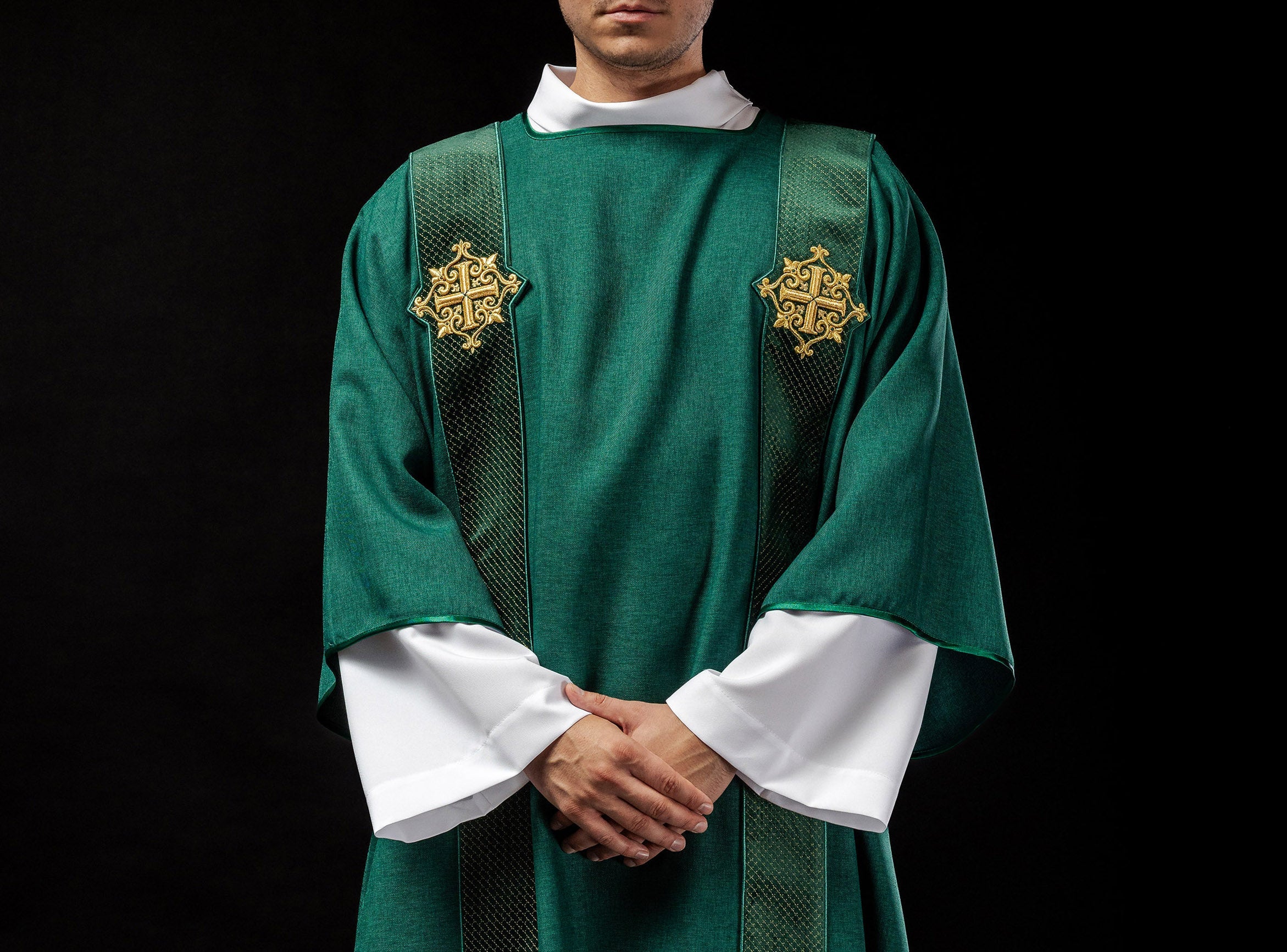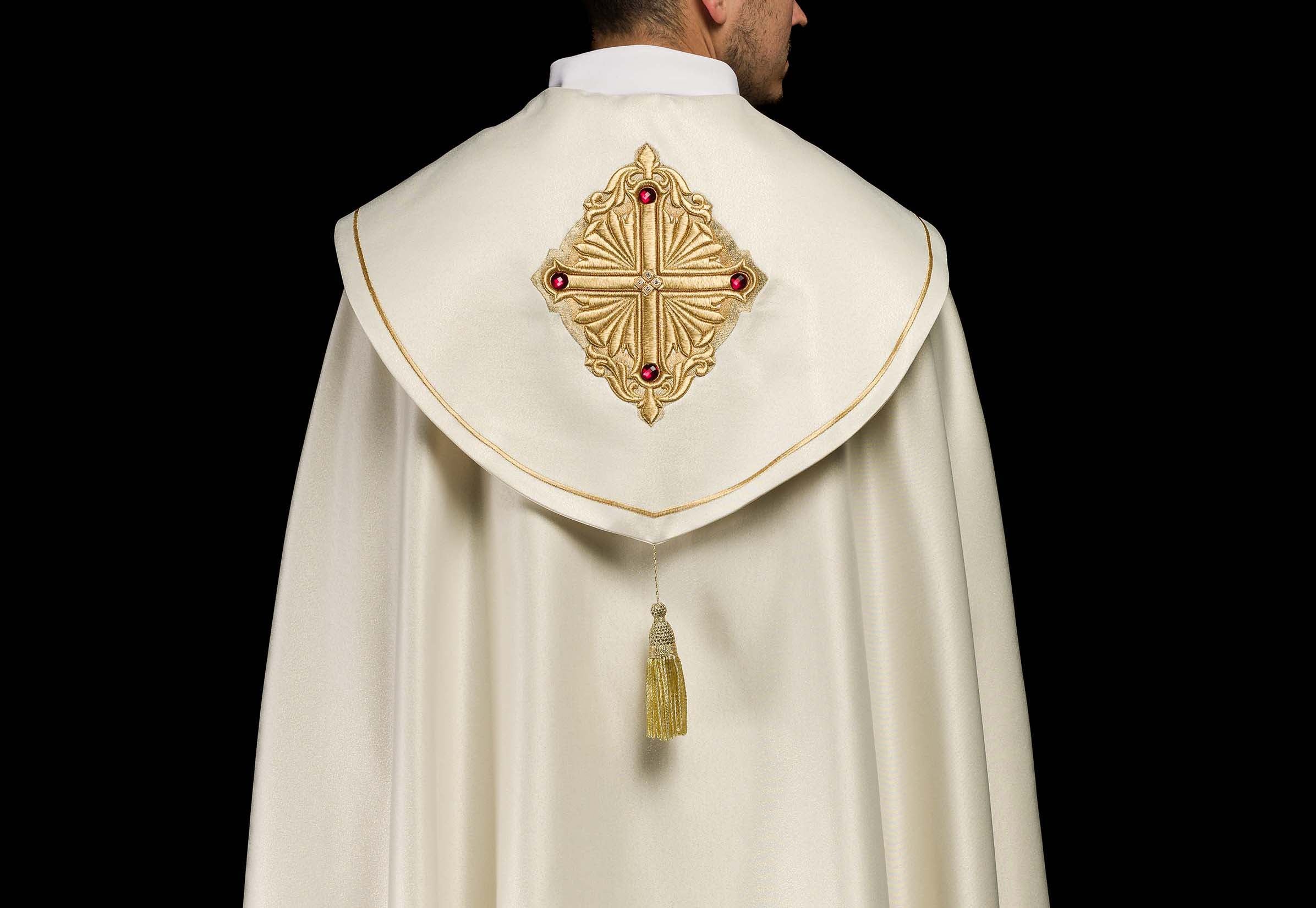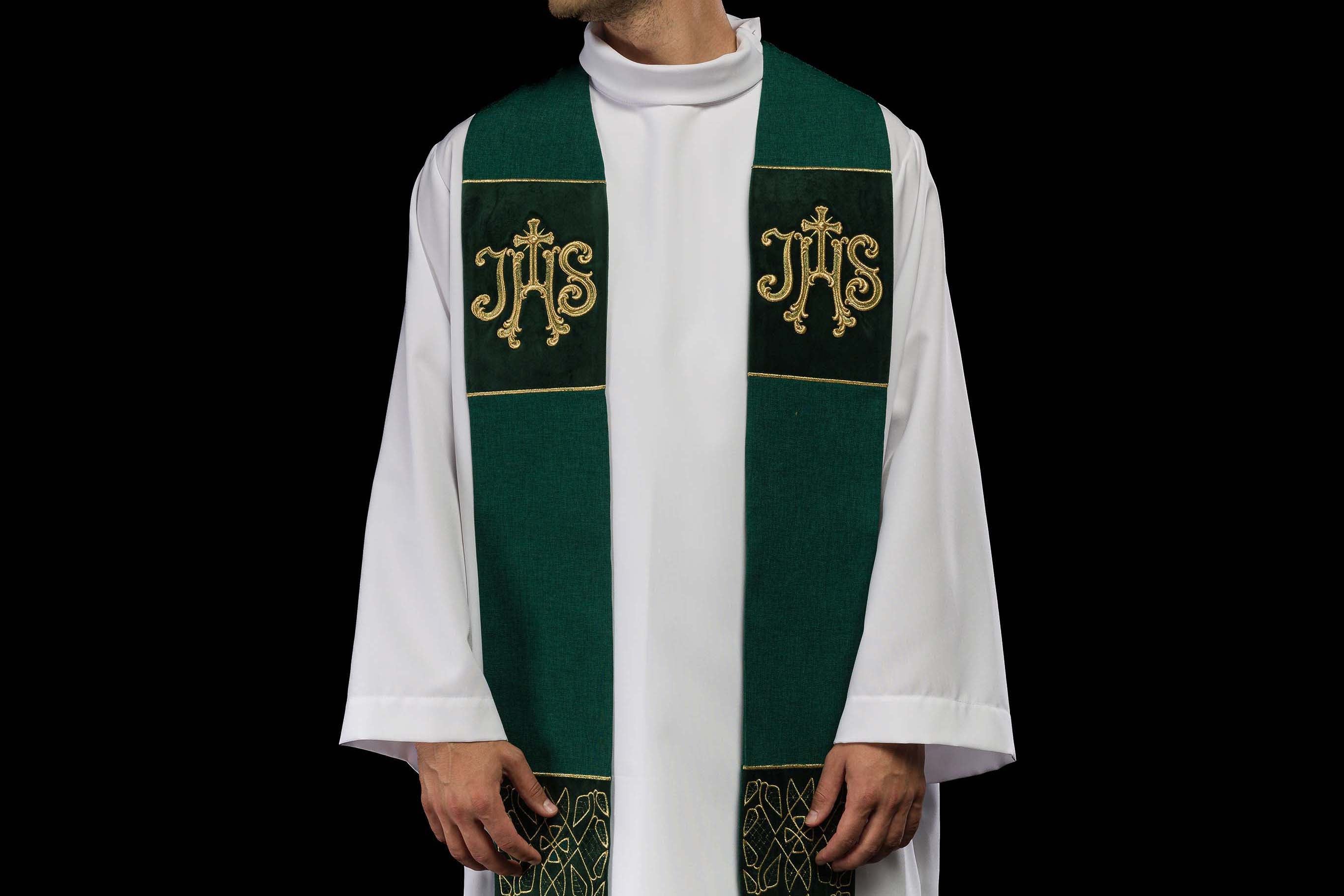
How to Build a Parish Community Around Liturgy?
How to Build a Parish Community Around the Liturgy?
The liturgy is the foundation and heart of every parish. It is during the liturgy that the faithful gather to worship God together, listen to His Word, and receive the sacraments. However, mere presence in the church does not always translate into a deep sense of community and engagement. So, how can we effectively build a vibrant and integrated parish community around the central point of the liturgy?
I. The Significance of the Liturgy in Building Community
The liturgy is not just a set of rituals, but above all, a sacramental encounter between God and His people. It is an expression of the unity of believers and a source of grace that strengthens the bonds between them. At its center is the sacrifice of Christ, which unites all participants into one mystical Body of Christ – the Church.
1. Liturgy as an Expression of Unity
The common celebration of the Eucharist, the prayer of the breviary, participation in the sacraments – all these shape a sense of belonging and a common purpose. When the faithful engage in the liturgy not only as passive observers but as active participants, a sense of co-responsibility for the life of the community is born.
2. Liturgy as a Source of Experiencing God
Through the richness of signs, symbols, the Word of God, and sacraments, the liturgy allows us to experience God's presence. This shared experience leads to a deeper union with God and with our brothers and sisters, strengthening the spiritual bonds that are the foundation of every community.
3. Liturgy as Inspiration for Action
An authentically lived liturgy inspires us to live the Gospel every day. The faithful, filled with Christ in the sacraments, are ready to bear witness to their faith in the world, to serve those in need, and to build the Kingdom of God in their daily lives.
II. Key Elements of Building a Community Around the Liturgy
For the liturgy to become the actual center of parish life, conscious action on many levels is necessary. Here are the most important strategies:
1. Beauty of the Liturgy and Aesthetics of the Church
The beauty of the liturgy has an invaluable impact on its reception and the engagement of the faithful. Care for the musical setting, the readability of the texts, the proper preparation of the place of celebration, as well as the aesthetics of the liturgical vestments and vessels, create an atmosphere conducive to a deep experience.
a. Musical Setting
Music plays a key role during the liturgy. A well-chosen repertoire, the engagement of choirs and parish choirs, as well as the singing of the entire assembly, builds an atmosphere of community and enhances the celebration. Instruments such as organs or harmoniums create a solemn atmosphere.
b. Aesthetics of Liturgical Vestments and Vessels
Ornats, stoles, albs, as well as chalices, patens, corporals, and purificators – their quality, aesthetics, and symbolism matter. Beautiful, carefully made liturgical vestments, such as those offered by HAFTINA TEXTILE GROUP, emphasize the sanctity of the rites celebrated. Attention to detail, such as computer or hand embroidery, stone decorations, and the choice of appropriate materials, shows respect for God and the liturgy.
c. Aesthetics of the Sacred Space
Cleanliness, order, proper lighting, floral decorations, well-maintained altars, ambos, and lectors – all these create a space in which the faithful can focus on prayer. Altar cloths, coverings for the ambo, or lectern cloths, if maintained in good style and aesthetics, complete the whole.
2. Active Participation of the Faithful
The liturgy is not a spectacle, but a common action. Pastors should encourage the faithful to participate actively, not only through singing but also through readings, the prayer of the faithful, the ministry of altar servers, lectors, and extraordinary ministers of Holy Communion.
a. Liturgical Service
The involvement of altar servers, lectors, psalmists, or choir members is crucial. Regular formation meetings, catechesis, and joint preparation for the liturgy build strong bonds within these groups, which then radiate to the entire community.
b. Prayer of the Faithful
Formulating the prayer of the faithful in a way that relates to current events in the parish and the world, as well as involving different age groups or communities in its preparation, makes it more personal and moving.
c. Participation in Other Liturgical Forms
In addition to the Sunday Eucharist, it is worth promoting participation in the adoration of the Blessed Sacrament, rosary devotions, the Stations of the Cross, Bitter Lamentations, or other periodic devotions. These are excellent opportunities to deepen the bond with God and the community.
3. Liturgical Formation
Understanding the meaning of the liturgy is key to full and conscious participation. The parish should care for the liturgical formation of the faithful at various levels.
a. Liturgical Catechesis
Regularly explaining the meaning of the individual parts of the Mass, the sacraments, liturgical gestures, as well as the history and symbolism of liturgical vestments and vessels, helps the faithful to participate better in the celebrations. Such information can be conveyed during homilies, conferences, or meetings of parish groups.
b. Significance of Symbols
Explaining the symbolism present in the liturgy – from the colors of the vestments (white, green, purple, red, pink, black), through the motifs of embroidery on orants or searchings (e.g., IHS, Easter Lamb, chalice, host, cross, Mother of God) – allows us to enter more deeply into the mystery.
c. Formation for Ministers
Specialized training for altar servers, lectors, music animators, or members of the parish council for liturgy is essential for raising the quality of celebrations.
4. Involvement of Parishioners in Liturgical Life
The parish community is not only pastors and ministers but all the faithful. It is important to create a space where everyone can find their place and way of engagement.
a. Parish Groups
Vibrant and active parish groups – such as rosary groups, choirs, Bible groups, youth communities, missionary circles, prayer groups – often integrate around the liturgy, preparing the setting, participating in devotions, or helping with organization. They also conduct their internal formation, often enriched by the common celebration of holidays or liturgical seasons.
b. Volunteering
Encouraging the faithful to help in preparing the church, decorating, cleaning, as well as helping in organizing parish events, builds a sense of responsibility for the common good. Small gestures, such as a hanger for the purificator or proper care of liturgical vessels, also belong to this sphere.
c. Dialogue and Listening to Needs
The openness of pastors to the needs and suggestions of the faithful, dialogue within the parish council or meetings with parishioners, allow for better adaptation of the liturgy and community life to their expectations, of course, within the boundaries of liturgical orthodoxy.
5. Initiatives Emerging from the Liturgy
The liturgy does not end with the last blessing. It should inspire further action.
a. Charitable Activities
The common experience of the Eucharist motivates us to imitate Christ in serving the poor and needy. Parish Caritas, volunteering, and aid actions are a natural extension of liturgical communion.
b. Meetings After the Liturgy
Encouraging the faithful to spend time together after Mass, for example, over coffee and cake, creates a space for building informal relationships and strengthens the sense of community. It is also a time for conversations about spiritual experiences or topics related to the liturgy.
c. Celebrating Liturgical Seasons
Creating an atmosphere of joy and common celebration of church holidays – Advent, Christmas, Lent, Easter, or the feasts of parish patrons – through appropriate decorations (e.g., using meterage with embroidery), organization of cultural events, or joint meetings, builds a strong parish identity.
III. How Do Haftina Products Support Community Building?
HAFTINA TEXTILE GROUP SP. Z O. O. plays an important role in the process of building the beauty of the liturgy, which directly translates into the quality of community experiences. The offer of the haftinausa.com store includes a wide range of products that are a testament to attention to detail and tradition.
1. High Quality and Aesthetics of Liturgical Vestments
Ornats, stoles, albs, dalmatics, and copes made of high-quality materials, with precise computer and hand embroidery, often decorated with stones, emphasize the solemn character of the liturgy. The richness of patterns, from traditional religious motifs (such as IHS, Easter Lamb, Heart of Mary) to contemporary ones, means that everyone can find something suitable for their parish or their own needs.
2. Complete Chalice Linen and Accessories
Palls, corporals, purificators, veils, burses – these seemingly small elements of chalice linen, often embroidered with symbolic motifs, complete the liturgical aesthetics. Similarly, accessories such as chalices, patens, censers, candlesticks, or altar cloths are essential for the beautiful celebration of the sacraments.
3. Personalization and Uniqueness
The ability to personalize liturgical vestments, for example, by embroidering your own coat of arms or dedication, allows parishes to create unique elements that build a sense of identity and belonging. It is an expression of special care for the place of meeting with God.
4. Tradition and Modernity
Haftina combines traditional craft techniques with modern solutions, offering products that are both beautiful and functional, as well as in keeping with the spirit of the times, while maintaining a deep respect for liturgical tradition. This allows us to create a liturgy that speaks to contemporary man.
IV. Summary
Building a parish community around the liturgy is an ongoing process that requires the involvement of both pastors and all the faithful. The key is to celebrate a beautiful and meaningful liturgy that becomes a source of unity, experience of God, and inspiration to live the Gospel. Attention to aesthetics, active participation, solid formation, openness to the involvement of all parishioners, and initiatives emerging from the liturgical center are the pillars on which a healthy and vibrant parish community is based.
In this process, high-quality, aesthetic, and symbolic liturgical vestments and church accessories, such as those offered by HAFTINA TEXTILE GROUP SP. Z O. O. on haftinausa.com, are also helpful. Investing in the beauty of the liturgy is investing in the quality of the community.
```




